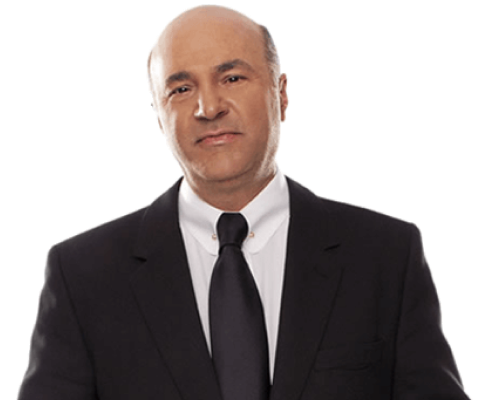How Can Canadian Businesses Protect their Brands Internationally
NARRATOR: Dorothy is a Canadian fashion designer. Her line of clothing, CHARMINGLY SEDUCTIVE TEMPTATION, is getting a lot of traction in the U.S., Asia, and Europe. She is wondering if she can protect her brand internationally.
PROMOTER: Dorothy, we would like you to do a show in Beijing, and maybe set up your company store here and in Shanghai. We think our people will gladly buy your clothes.
DOROTHY: Oh thank you! This is so exciting!
DOROTHY: But what if they steal my brand?
DOROTHY: I need a consultation about my trademarks. But it has to be in plain English. It must be something I can understand.
TRADEMARK FACTORY: Sure. We're the Trademark Factory. Our goal is not to overwhelm you with our brilliance but to actually help you. We will make it simple as 1-2-3.
DOROTHY: Just what I need. See you in a bit.
DOROTHY: I've developed what is now becoming a worldwide brand. I've just been invited to open 2 stores in China. But all I got is my Canadian incorporation and my Canadian trademark registration. I don't think they'll be of any value in China...
TRADEMARK FACTORY: You're right. Your Canadian trademark will not protect you outside of Canada.
DOROTHY: So what should I do?
TRADEMARK FACTORY: Unfortunately, Canada, unlike most other countries, is currently not a party to the Madrid Agreement or the Madrid Protocol, which allows you to file a single international trademark application, in one language, and just put checkmarks next to the countries where you want it protected. The government is finally trying to align our laws to those of the rest of the world, but for now, your options are limited.
DOROTHY: Does it mean that there's nothing I can do?
TRADEMARK FACTORY: I didn't say that. I said that your options are limited. Here they are.
TRADEMARK FACTORY: The first option is to file individual trademark applications in every country where you want trademark protection. This means lawyers, a lot of lawyers, and a lot of bills to pay. It also means a lot of translation work to do.
DOROTHY: Oh my...
TRADEMARK FACTORY: This is a viable option only if you are thinking about registering your trademark in less than 5 other countries. If you are looking for true international exposure, this will be insurmountable.
DOROTHY: That's what I thought.
TRADEMARK FACTORY: The second option is available to you if your business has what they call "a real and effective commercial establishment" in a country that is a member of the Madrid Agreement or Madrid Protocol. In plain English, "a real and effective commercial establishment" means that you have a branch, an office, or a daughter company in that other country. And once again, most countries are members of either the Madrid Agreement or Madrid Protocol.
DOROTHY: But I'm already shipping my clothes internationally!
TRADEMARK FACTORY: Simply having sales in that other country is not sufficient for the purposes of using the Madrid Agreement or Madrid Protocol to file for international trademark protection.
DOROTHY: But if I opened my stores in China, I'd be able to use this option?
TRADEMARK FACTORY: Yes, but you would need to file your international application in China, in the Chinese language, so this may not be such a simple thing to do. If, on the other hand, you had your stores in the U.S., it'd be much easier.
DOROTHY: Oh, I see.
TRADEMARK FACTORY: And finally, the third option. You can set up a new company outside of Canada. So even if you don't open new stores in the U.S., you could set up a new company there and then file for an international trademark on its behalf.
DOROTHY: Hmmm...
TRADEMARK FACTORY: It may add complexity to your corporate structure and have tax implications, but from the trademark perspective it would work.
DOROTHY: So how is this different from the second option?
TRADEMARK FACTORY: The second option means that your Canadian company will own the international trademark, simply because it has a real and effective commercial establishment in the other country. The third option means that a separate entity, for example, your U.S. company, will own the trademark.
DOROTHY: Why does it have to be so complicated?
TRADEMARK FACTORY: Because Canadian law firms are lobbying against Canada joining the Madrid Agreement. You see, they do a lot of filings for foreign businesses in Canada.
DOROTHY: That's not good.
TRADEMARK FACTORY: I agree. Hopefully, this will change soon. But for now, these are the options available to you. What do you want to do?
DOROTHY: I'll postpone my trip to China by a month. Meanwhile, I will open my store in the U.S., and file for my international trademark on behalf of my Canadian company.
TRADEMARK FACTORY: Sounds like a plan. Let me know if you would like us to help.
DOROTHY: You bet!












